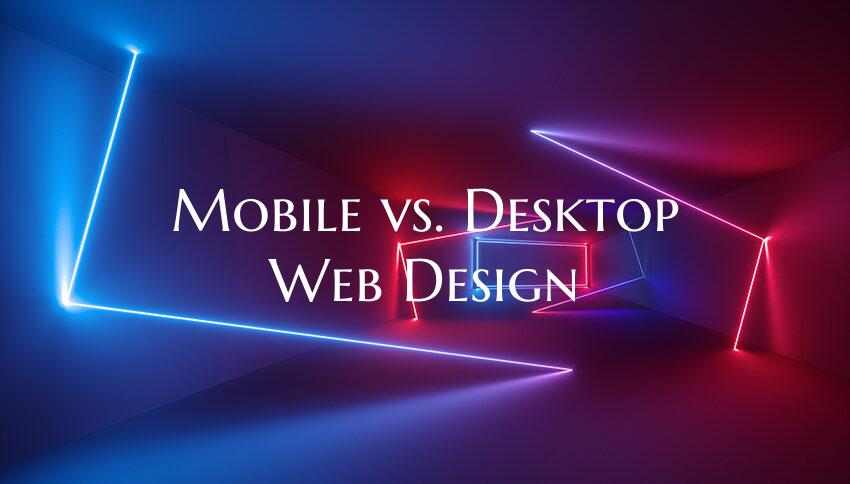Mobile vs. Desktop Web Design
Mobile vs. Desktop Web Design: Understanding the Differences
In today's digital era, the importance of having a responsive website that caters to both mobile and desktop users cannot be overstated. As the ways in which users access the internet continue to diversify, businesses must carefully consider the differences between mobile and desktop web design to ensure an optimal user experience across all devices.
Mobile web design focuses on creating a seamless and user-friendly experience for users accessing websites on smartphones and tablets. With the increasing prevalence of mobile internet usage, designing for mobile devices has become a top priority for businesses looking to reach a wider audience. Mobile web design emphasizes simplicity, speed, and ease of navigation to accommodate the smaller screens and touch-based interactions of mobile devices.
On the other hand, desktop web design traditionally caters to users accessing websites on larger screens such as desktop computers and laptops. Desktop websites have more screen real estate to work with, allowing for more complex layouts, detailed graphics, and interactive elements. Desktop web design often prioritizes visual impact and functionality, offering users a more immersive and feature-rich browsing experience.
While mobile and desktop web design share common principles such as responsive design and user-focused approach, there are key differences that need to be considered when designing for each platform. Mobile web design requires a more streamlined approach, focusing on essential content and intuitive navigation to accommodate the limitations of smaller screens. In contrast, desktop web design allows for greater creativity and interactivity, enabling businesses to showcase products or services in more detail.
To successfully navigate the mobile vs. desktop web design dilemma, businesses should adopt a holistic approach that takes into account the unique characteristics of each platform. This may involve creating separate mobile and desktop versions of a website or implementing responsive design techniques that adapt to different screen sizes. By understanding the differences between mobile and desktop web design and tailoring their strategies accordingly, businesses can create a seamless and engaging online experience for users across all devices.

